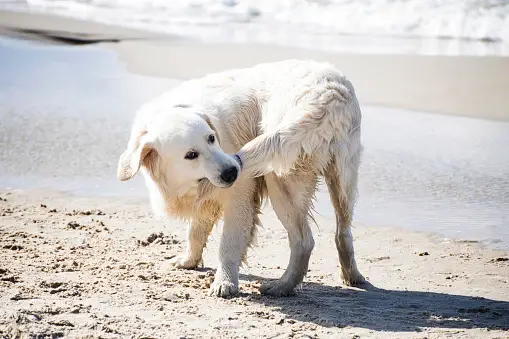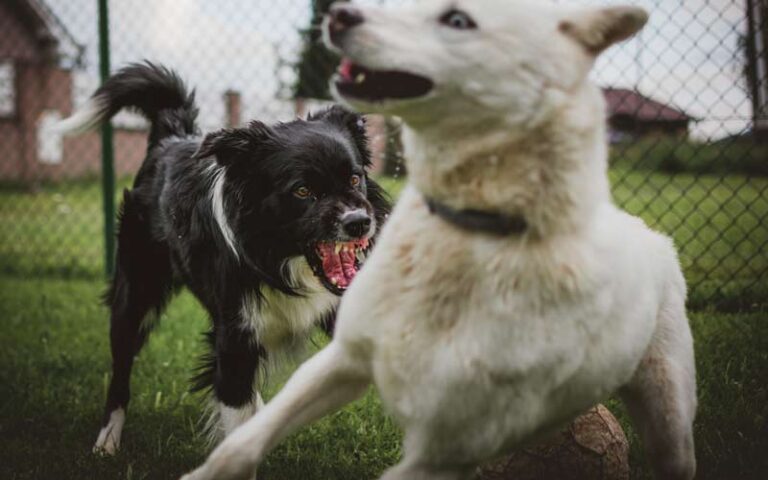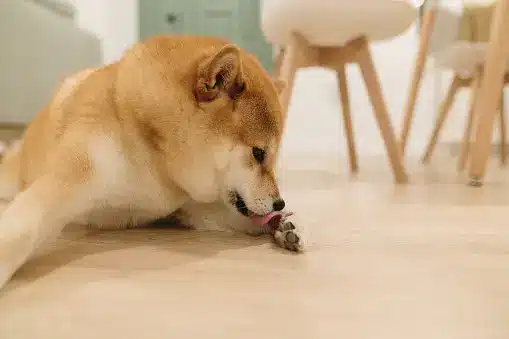Dogs biting their tail base is a common behavior that can worry many pet owners. This behavior can be due to several reasons, ranging from simple itching to more serious health issues. Understanding why dogs bite their tail base is important to help keep your furry friend healthy and happy. In this dog behavior guide, we will explore the common causes of this behavior and what you can do to address it.
Tail Chasing Behavior in Dogs
Dogs chasing their tail is a behavior that can be amusing to watch, but it can also be a sign of underlying issues that need to be addressed. There are several reasons why dogs engage in this behavior, ranging from natural instincts to psychological issues.
Tail chasing is a common yet puzzling behavior seen in dogs. While it can seem playful or amusing, there are various reasons behind this action. Understanding why dogs chase their tails can help pet owners address any underlying issues and ensure their furry friends are healthy and happy.
Normal Playfulness
For many dogs, especially puppies, tail chasing is a natural part of play. Puppies are curious about their bodies and often explore by chasing their tails. This behavior is generally harmless and a sign of a healthy, playful pup. As dogs grow older, they usually outgrow this phase.
Seeking Attention
Dogs are social animals and crave attention from their owners. If a dog feels neglected or bored, it might chase its tail to get noticed. This is especially true if past tail chasing has led to reactions from their owners. Positive or negative, any reaction can reinforce the behavior. To prevent this, ensure your dog gets enough interaction and playtime.
Boredom and Lack of Exercise
A dog with too much energy and not enough outlets for it might start chasing its tail out of sheer boredom. Regular exercise and mental stimulation are crucial for preventing this. Activities like walking, playing fetch, or using puzzle toys can keep your dog engaged and reduce tail-chasing incidents.
Medical Concerns
Sometimes, tail chasing can indicate an underlying medical issue. It might be a response to fleas, allergies, or other irritations. In more severe cases, it could be a sign of compulsive behavior disorders. If your dog is frequently chasing its tail, consult a veterinarian to rule out any health problems.
Anxiety and Stress
Stress and anxiety can also cause dogs to chase their tails. Changes in their environment, such as moving to a new home or the arrival of a new pet, can trigger this behavior. Creating a calm and stable environment, along with using calming aids or seeking advice from a professional trainer, can help alleviate anxiety.
Prevent and Address Tail Chasing in Dogs
Tail chasing in dogs can be entertaining, but it can also be a sign of problems. Here are simple steps to prevent and stop this behavior to keep your dog happy and healthy.
Preventing Tail Chasing
- Give Regular Exercise
- Daily Walks: Take your dog for walks every day.
- Playtime: Play games like fetch or tug-of-war.
- Toys: Use puzzle toys to keep your dog’s mind active.
- Provide Attention
- Spend Time Together: Spend quality time with your dog to prevent boredom.
- Training: Train your dog regularly to keep them engaged and well-behaved.
- Create a Fun Environment
- Different Toys: Offer a variety of toys to keep your dog interested.
- New Activities: Change up toys and activities to keep things fresh.
- Ensure a Healthy Diet
- Balanced Food: Feed your dog a balanced diet to keep them healthy.
- Regular Meals: Stick to a regular feeding schedule.
- Regular Vet Visits
- Check-Ups: Take your dog to the vet regularly to catch any health issues early.
- Flea and Tick Prevention: Keep your dog free from parasites.
Stopping Tail Chasing
- Find the Cause
- Watch for Patterns: Notice when your dog chases its tail.
- See a Vet: Check with a vet to rule out health problems like skin infections or allergies.
- Reduce Boredom and Stress
- Play More: Increase playtime to keep your dog busy.
- Comfort Items: Give your dog a favorite blanket or toy to reduce anxiety.
- Calming Products: Use calming aids like anxiety wraps.
- Training
- Reward Good Behavior: Give treats when your dog doesn’t chase its tail.
- Distract Your Dog: Call your dog’s name or offer a toy when tail chasing starts.
- Get Professional Help: If needed, consult a dog trainer or behavior expert.
- Create a Calm Space
- Routine: Keep a regular schedule to make your dog feel secure.
- Quiet Areas: Provide a quiet place for your dog to relax.
- Avoid Encouraging Tail Chasing
- Stay Calm: Don’t react strongly to tail chasing.
- Ignore and Redirect: Ignore the behavior and gently guide your dog to another activity.
Dogs may bite their tail base due to a variety of reasons such as allergies, infections, pain, anxiety, or even boredom. It is important for pet owners to pay attention to their dog’s behavior and seek veterinary advice if they notice any unusual symptoms. By understanding the underlying causes of tail biting, pet owners can help their furry friends lead a healthier and happier life. Remember, a happy dog is a healthy dog!






